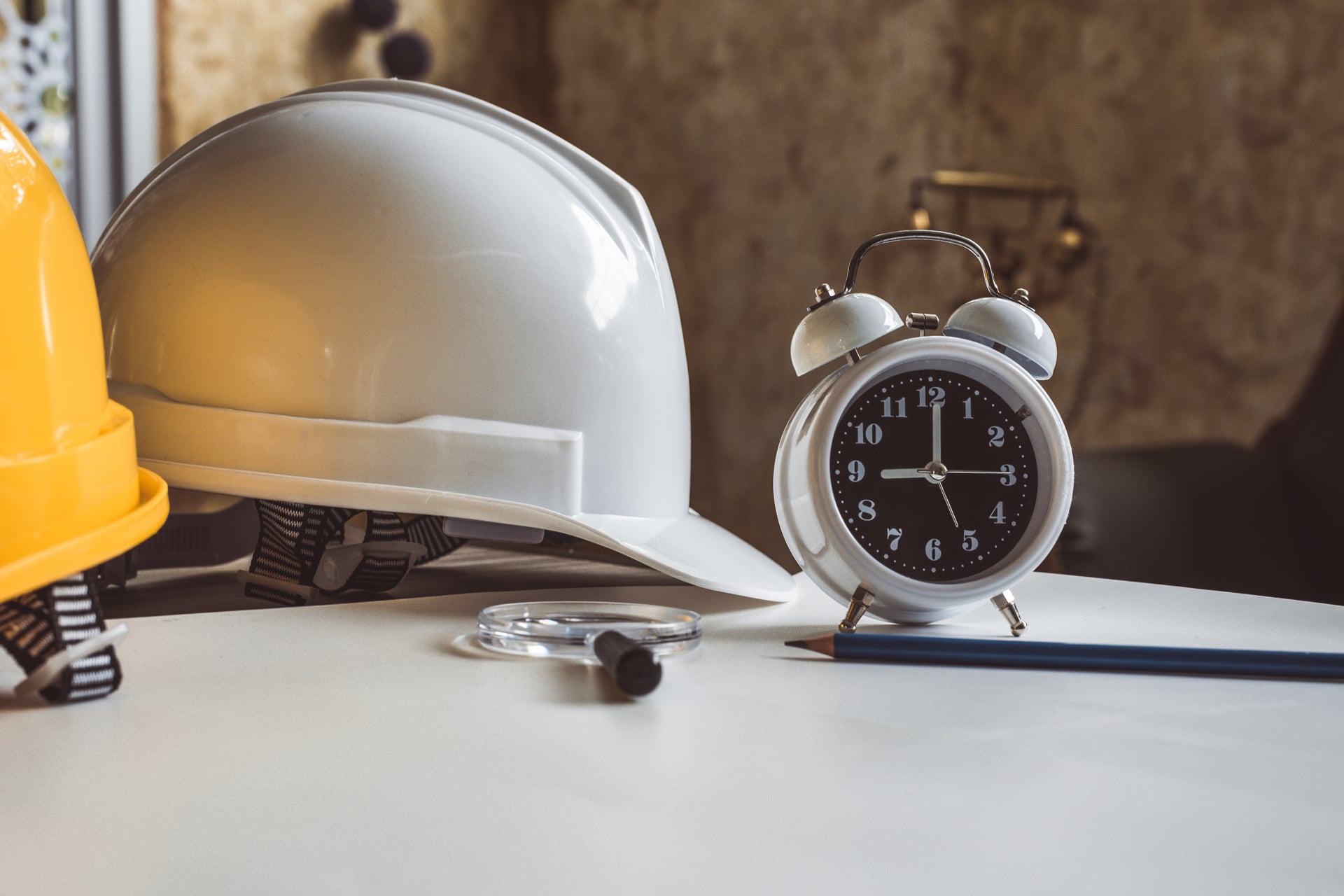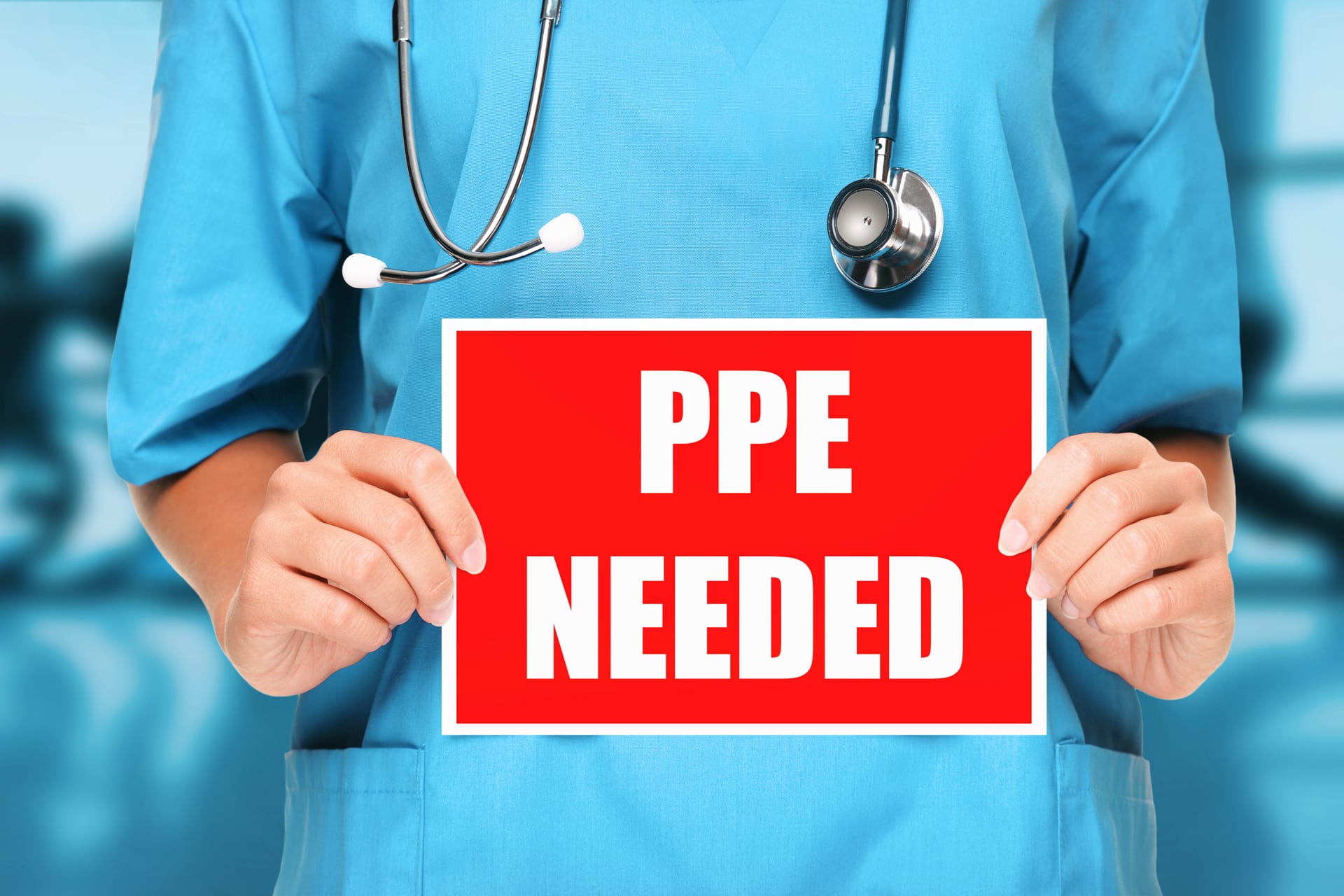Local municipalities in New York searching for ways to save money in the face of the ongoing COVID-19 pandemic should take a hard look at whether sharing services with other local governments is feasible.
In 2017 New York launched its Shared Services Initiative, asking counties to convene shared services panels made up of city and village mayors and town supervisors, with school and special district officials if they wish.
The idea was to identify where sharing and coordination will create benefits to the parties involved and save money for taxpayers. The program also offers state matching funds for shared-services projects.
When does sharing make sense for a government?
The first step is getting a solid handle on costs and determining who might be a logical partner in sharing. There are political considerations, and employees may worry about losing jobs or responsibility, and residents may worry about the quality of service. If the county is a potential partner, some might worry about a county takeover.
Municipalities that try to consolidate police forces for example, often run into concerns of a loss of the local “cop-on-the-beat” touch of a small village department. However, sometimes those mergers do go through, as they did years ago in Warwick and Saugerties.
There are smaller ways to work together, too: The Town of Wappinger built an emergency services building which houses the local ambulance corps, and New York State Police rents space there for its zone headquarters. The troopers get a barracks; the Town gets police presence.
Successful sharing starts with drawing up a plan that creates a benefit for all partners. Good research takes the current services and costs, and projects the future needs for the service and costs to provide it. This is a process that involves looking forward to the long-term, not just to the past.
Once the government partners have a solid plan with research showing the benefits, they’ll need buy-in from officials who would have to approve the deals, and from residents who pay the taxes. To get that requires good communication of the process and the plan, and a clear explanation of how sharing services will benefit the communities involved.
Some counties jumped into shared services with gusto. In 2019, for example, Dutchess County worked up four projects projected for $2.3 million in savings for 2020 and going forward. The lion’s share of that, $1.4 million, comes from a joint drug task force combining the resources of the county’s sheriff’s office and district attorney, and police departments from the cities of Poughkeepsie and Beacon and the towns of Poughkeepsie, Hyde Park and East Fishkill.
Shared police dispatching by Hyde Park, the City of Poughkeepsie and the county account for another $769,000 in savings.
In Ulster County, a joint fire protection project between the Village and Town will save a projected $1.325 million, contracting the New Paltz Fire District to cover the Town, with the Town contributing toward a new firehouse to replace the old, obsolete sub-station building.
Other shared ventures in Ulster include multiple towns in a joint stormwater management education and outreach program, a distributed generation plan to reduce greenhouse gas emissions, and a countywide plan sharing highway and transportation equipment, personnel, and services.
Shared services proposals don’t have to be million-dollar deals. Smaller measures taken by neighboring towns, or a village and town, can reap smaller but still-appreciated savings for taxpayers.
With COVID-19 vaccines still in development and the pandemic still raging, local governments need cost-cutting measures. Sharing services with one or more partners can help municipalities save some money without resorting to more draconian cost-cutting measures.







